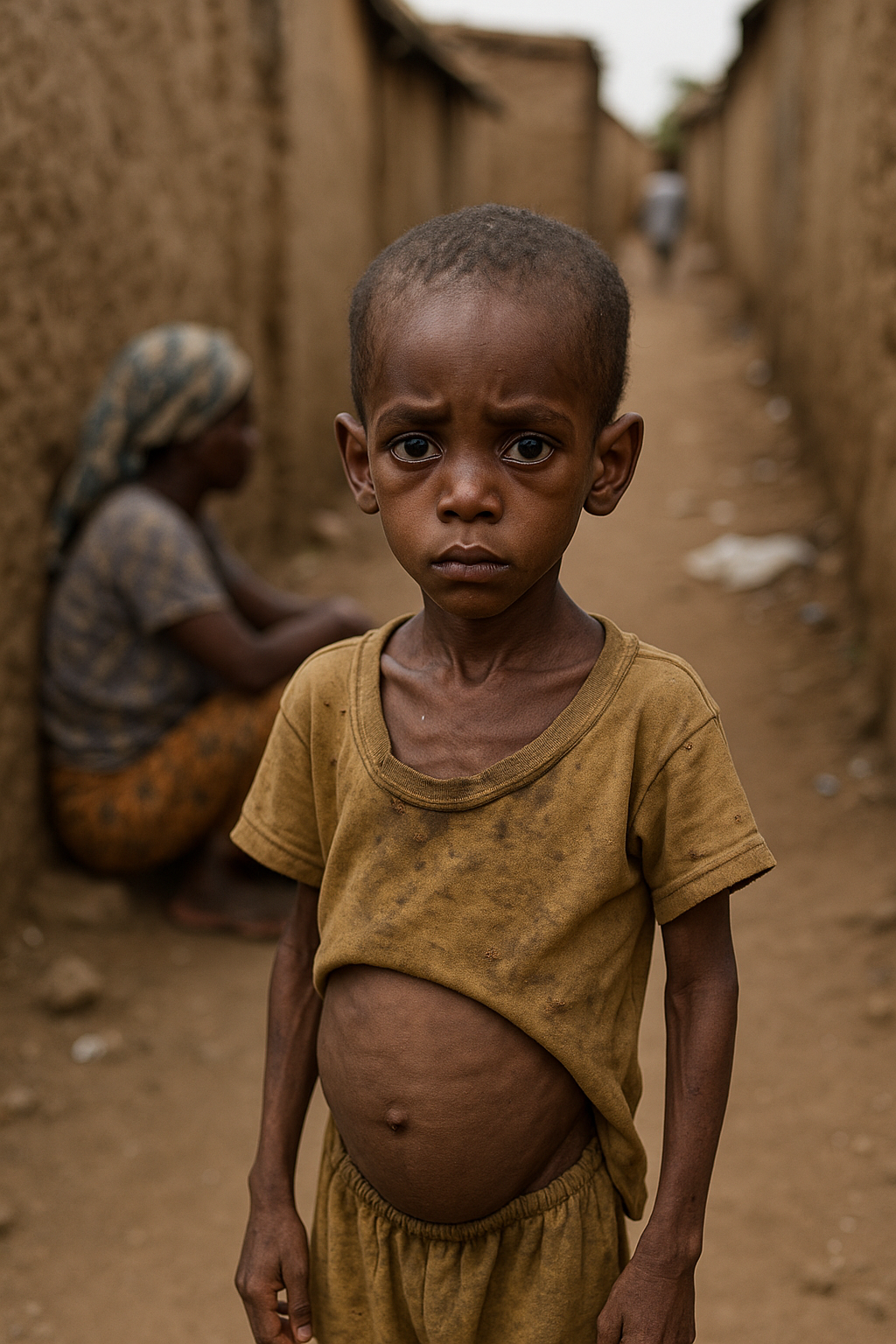Pandemic and rising food prices drive hunger surge in sub-Saharan Africa
Governments are urged to implement targeted, adaptive social protection programs such as conditional cash transfers or food vouchers. These should be responsive to real-time food price data, which the study suggests is currently underutilized. Future research and public policy efforts should focus on strengthening monitoring capabilities, especially using digital and remote-sensing tools to track household food access during economic shocks.

The COVID-19 pandemic intensified food insecurity in sub-Saharan Africa by worsening already fragile economic, healthcare, and agricultural systems. A newly published study titled “Hunger and Malnutrition in a COVID-19 Environment: What Are the Effects Amidst Rising Food Prices in Sub-Saharan Africa?” in the journal Economies (Volume 13, Issue 6, June 2025), presents detailed empirical evidence that directly links the pandemic’s impact to rising malnutrition rates.
The research establishes a significant long-term relationship between the number of COVID-19 cases, escalating food prices, and undernourishment across the region. Sub-Saharan Africa, already home to nearly 40% of the world’s undernourished population, faced deepening vulnerabilities due to lockdowns, supply chain disruptions, and rising costs of staple foods.
The study reports that as the pandemic unfolded, inflation, currency devaluation, and income losses triggered a drop in food affordability, disproportionately affecting children, women, and low-income households. Particularly in countries like Mozambique, Uganda, and Sudan, food price increases ranged from 10% to over 35% between early 2020 and mid-2021. Combined with mobility restrictions and fragile social safety nets, these conditions intensified both acute and chronic forms of malnutrition.
What are the key drivers of undernourishment in the COVID-19 context?
The study's methodology involved both annual and monthly panel data covering 34 and 19 African countries respectively. It identified several critical economic variables influencing the prevalence of undernourishment: per-capita GDP, household consumption, inflation, food production index, and employment in agriculture.
Regression models revealed that income and consumption levels were inversely correlated with hunger. A one percent rise in per-capita GDP led to a reduction in undernourishment by up to 0.22%, while greater food production consistently decreased hunger prevalence. However, when COVID-19 interacted with consumption expenditures, its beneficial effects were weakened. The pandemic significantly diluted the power of household income to shield families from hunger.
Further analysis demonstrated regional disparities. Central and Eastern Africa showed a higher vulnerability compared to West Africa. The food production index and economic indicators such as GDP and household consumption were more predictive of malnutrition than inflation alone. Population growth was also found to exert upward pressure on hunger rates, especially where food supply did not expand proportionately.
The use of the ARDL (autoregressive distributed lag) model confirmed that while short-term impacts of COVID-19 on malnutrition were not immediately detectable in many countries, the long-term effects were statistically significant. This finding underscores how pandemic-induced economic stress takes time to manifest in nutritional outcomes, especially in environments lacking food price buffers or social protection programs.
How can sub-Saharan Africa prepare for future crises?
The study’s long-term policy implications are clear: food security must be prioritized in pandemic and post-crisis recovery planning. One major recommendation is the creation of food price stabilization funds. These would allow governments to subsidize key staples during periods of price volatility, ensuring continued access for vulnerable populations.
In addition, strategic investments in domestic food production, particularly through improved irrigation systems, climate-resilient crops, and smallholder support, can enhance resilience. The study stresses the importance of infrastructure development in storage and distribution systems, which can reduce post-harvest losses and improve food availability at the local level.
Governments are urged to implement targeted, adaptive social protection programs such as conditional cash transfers or food vouchers. These should be responsive to real-time food price data, which the study suggests is currently underutilized. Future research and public policy efforts should focus on strengthening monitoring capabilities, especially using digital and remote-sensing tools to track household food access during economic shocks.
The findings also point to the need for more granular data. National averages often obscure rural-urban disparities or regional hotspots of food insecurity. The study’s limitation in covering all countries due to data availability further emphasizes the urgency of building robust, localized data systems across the continent.
The authors argue that resilience-building in food systems must be multifaceted, encompassing economic, health, and climate resilience, and embedded within broader sustainable development strategies. Without such integrated approaches, sub-Saharan Africa remains vulnerable not only to pandemics, but to any external shock that distorts food access and affordability.
- FIRST PUBLISHED IN:
- Devdiscourse










